Due to the lack of sufficient public knowledge regarding TMD, it is often incorrectly referred to as TMJ, which means temporomandibular joint, which is the joint that connect the jaw to the skull.
When this joint is in proper alignment with the skull, the result is a well-synchronised muscle action. When not aligned with the skull, some serious problems be triggered, such as migraine, clicking sound near the ear and on occasion locked jaws. Read on to find out the difference between TMD and TMJ.
TMD Categories
TMD falls in three basic categories, including myofascial pain, degenerative joint disease and internal derangement of the joint:
Myofascial pain is regarded as the most common TMD condition which is associated with pain and discomfort of the muscles that move the jaws as well as the muscles around the head, shoulders and the neck.
Internal derangement of the joint is known as a condition that relates to the displacement of the disc of the joints, the jaw and the injury to the condyle or the round-like edges of the jaw joints.
Finally, Degenerative joint disease is regarded as a condition that is directly caused by osteoarthritis or rheumatoid arthritis.
Causes of TMD
Basically, TMD occurs as a result of problems with either the joints of the jaw, head and neck and the muscles surrounding the jaw that cause the improper positioning of these structures.
Well accepted causes of the TMJ disorder are commonly identified as follows:
Trauma
Trauma is regarded as an injury that has affected the jaw and its surrounding area with intensity ranging anywhere from a heavy blow to subtle whiplash which may or may not have direct trauma to the jaw.
The heavier the blow, the more likely it is to cause damage to the temporomandibular joints which lead to higher possibilities of jaw displacement.
Intubation
Intubation is usually facilitated during hospital procedure, and is also pointed out as one of the major causes of TMJ disorder. The surgical procedure forces the mouth to open for the insertion of the tube, which then leads to excessive tension to the surrounding tissues and the ligaments that intubation creates.
Stress on the jaw
Stress on the jaw is typically associated with excessive chewing and clenching and grinding of the teeth, resulting in unnecessary amounts of pressure being placed on the jaw.
Jaw Dislocation
Dislocation of the parts of the jaw joints such as the cushioning disc.
Arthritis
Development of arthritis in the jaw joint, specifically rheumatoid arthritis and osteoarthritis.
Neuromuscular Dentistry
Neuromuscular Dentistry is a field of dentistry that considers the various structures that affect proper Occlusion. These structures include the muscles of the head, neck and jaw, the teeth, and the temporomandibular joints, otherwise known as TMJ.



